- 8,139
- 88
- Joined
- Aug 21, 2005
Ken Rosenthall just referenced BABIP on the Rays vs Red Sox game

Also dude is legitimately a ******

Also dude is legitimately a ******
Follow along with the video below to see how to install our site as a web app on your home screen.

Note: this_feature_currently_requires_accessing_site_using_safari


Originally Posted by bb4 86
idk if this has been said, but damn what a disappointing season for the Twins. It sucks to see Mauer play only 82 games.
Originally Posted by bb4 86
idk if this has been said, but damn what a disappointing season for the Twins. It sucks to see Mauer play only 82 games.



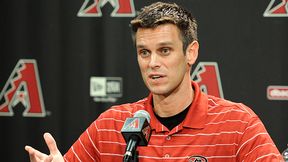







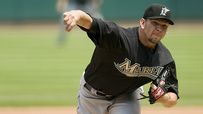



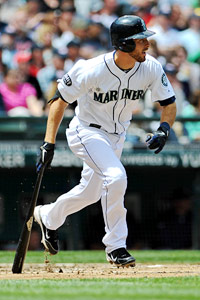

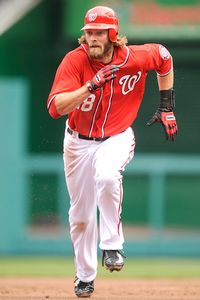














 and slugging percentage (.349), second to last in on-base percentage (.306) and 14th with a .244 true average, they have gotten some promising performances from some of their younger and less expensive hitters. Catcher Nick Hundley (.296/.361/.486), first baseman Jesus Guzman (.316/.371/.485) and third baseman Chase Headley (.292/.380/.407) all have true averages of at least .291, while center fielder Cameron Maybin (.268/.326/.391) is at .268. All are in their age-27 seasons or younger, and only Headley has reached his arbitration years; he'll be eligible for the second time this winter, while Hundley will be eligible for the first time. For a team that has been shedding expensive players in recent years, that's a decent base from which to build.
and slugging percentage (.349), second to last in on-base percentage (.306) and 14th with a .244 true average, they have gotten some promising performances from some of their younger and less expensive hitters. Catcher Nick Hundley (.296/.361/.486), first baseman Jesus Guzman (.316/.371/.485) and third baseman Chase Headley (.292/.380/.407) all have true averages of at least .291, while center fielder Cameron Maybin (.268/.326/.391) is at .268. All are in their age-27 seasons or younger, and only Headley has reached his arbitration years; he'll be eligible for the second time this winter, while Hundley will be eligible for the first time. For a team that has been shedding expensive players in recent years, that's a decent base from which to build.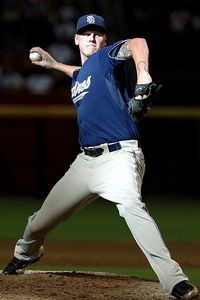








 and slugging percentage (.349), second to last in on-base percentage (.306) and 14th with a .244 true average, they have gotten some promising performances from some of their younger and less expensive hitters. Catcher Nick Hundley (.296/.361/.486), first baseman Jesus Guzman (.316/.371/.485) and third baseman Chase Headley (.292/.380/.407) all have true averages of at least .291, while center fielder Cameron Maybin (.268/.326/.391) is at .268. All are in their age-27 seasons or younger, and only Headley has reached his arbitration years; he'll be eligible for the second time this winter, while Hundley will be eligible for the first time. For a team that has been shedding expensive players in recent years, that's a decent base from which to build.
and slugging percentage (.349), second to last in on-base percentage (.306) and 14th with a .244 true average, they have gotten some promising performances from some of their younger and less expensive hitters. Catcher Nick Hundley (.296/.361/.486), first baseman Jesus Guzman (.316/.371/.485) and third baseman Chase Headley (.292/.380/.407) all have true averages of at least .291, while center fielder Cameron Maybin (.268/.326/.391) is at .268. All are in their age-27 seasons or younger, and only Headley has reached his arbitration years; he'll be eligible for the second time this winter, while Hundley will be eligible for the first time. For a team that has been shedding expensive players in recent years, that's a decent base from which to build.


